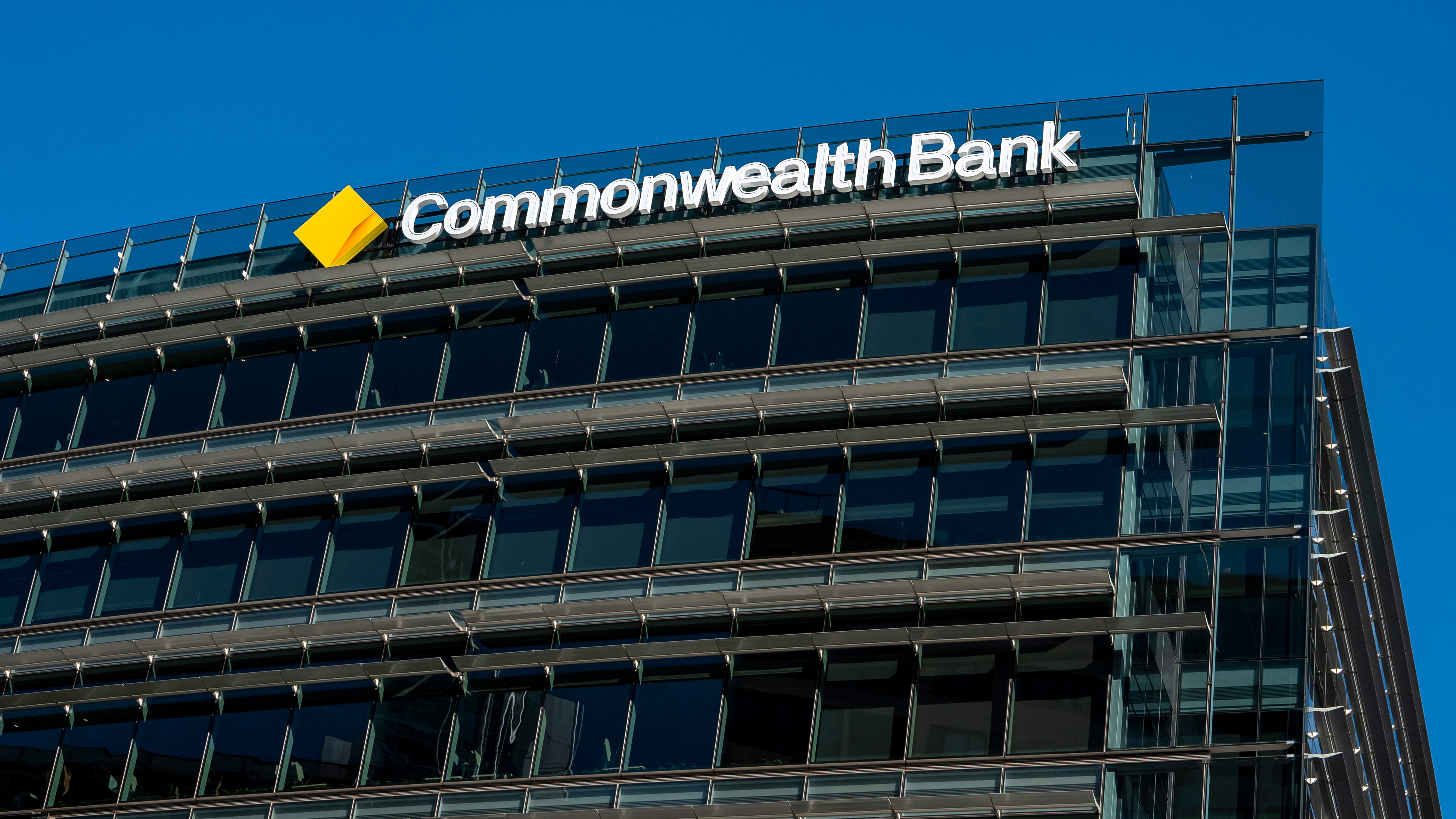As part of a snapshot of the household budgetary health of the nation, CBA has compiled a demographic breakdown of the spending and savings trends of everyday Australians over the last 12 months.
The picture at the end of June this year is a cautiously better one than in June 2024 and comes after a challenging four years for many Australians, particularly those still finding it tough dealing with cost-of-living pressures, said CBA CEO Matt Comyn today (13 August 2025).
“This past year has brought some relief, through easing inflation, lower interest rates, and tax cuts,” said Mr Comyn. “Many households are now experiencing a rise in disposable income.
“The financial gap between younger and older Australians has narrowed. Savings have increased across all age groups, with younger Australians now rebuilding their financial buffers.
“And discretionary spending has also picked up, reflecting growing consumer confidence. While we recognise many are still finding the context challenging, there is some positive momentum.
“The economy is at an important juncture, and we need to make the most of Australia’s structural advantages, government stability and available opportunities to improve prosperity for generations to come.”
According to CBA’s data that compares the year-on-year changes between April and June 2024 and the same quarter in 2025, the trends across six different age groups show that the intense cost of living pressures of recent years have been easing.
Income growth is supporting increases in both consumer spending and saving. But that said, caution remains across the age groups, particularly the younger generations between 20- and 44 year-olds, as households adjust to lower inflation and the start of a drop in interest rates.


